Wondering what’s happening architecture- and design-wise in Taiwan? Read on for a glimpse of the top spatial projects in the Golden Pin Design Awards 2018.

Mist Encounter by Serendipity Studio + Kuan-Wei Chen Architects (Taiwan)
December 13th, 2018
A total of 38 winners from Taiwan, China and Hong Kong were announced at the Golden Pin Design Awards 2018 ceremony in Taipei on 29 November. But Taiwan dominated the Spatial Design category, winning seven out of the eight awards.
The annual competition is based in Taiwan and executed by the Taiwan Design Center, but its target is not so much geographic as language related. Golden Pin seeks the most influential design for the global huaren (Chinese-speaking) market, and this year the entry criteria were loosened to allow companies registered anywhere in the world to enter. Previously, entries were only accepted from entities in Chinese-speaking countries and regions.
Entries were received from 23 countries and regions. Still, the vast majority of entries come from companies in Taiwan and China. Taiwanese companies made up 40 per cent and Chinese companies made up 50 per cent of entries respectively. The majority of the remaining 10 per cent came from other countries and regions in Asia with Hong Kong companies making up 5 per cent.
Here we take a look at the winning projects in the Spatial Design Category:
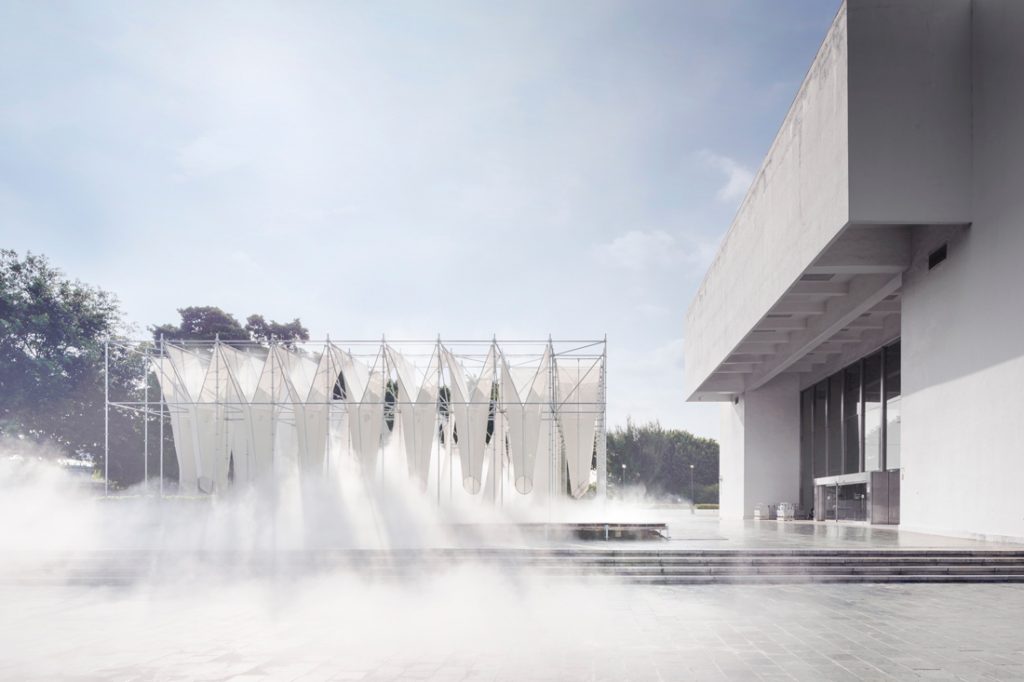
Mist Encounter was a micro-climate art event. Scaffolding and translucent fabrics were used to build the main structure, which is equipped with a mist-making machine. The mist affected guests’ visual perception, while lending the invisible function of air conditioning a comprehensible form.
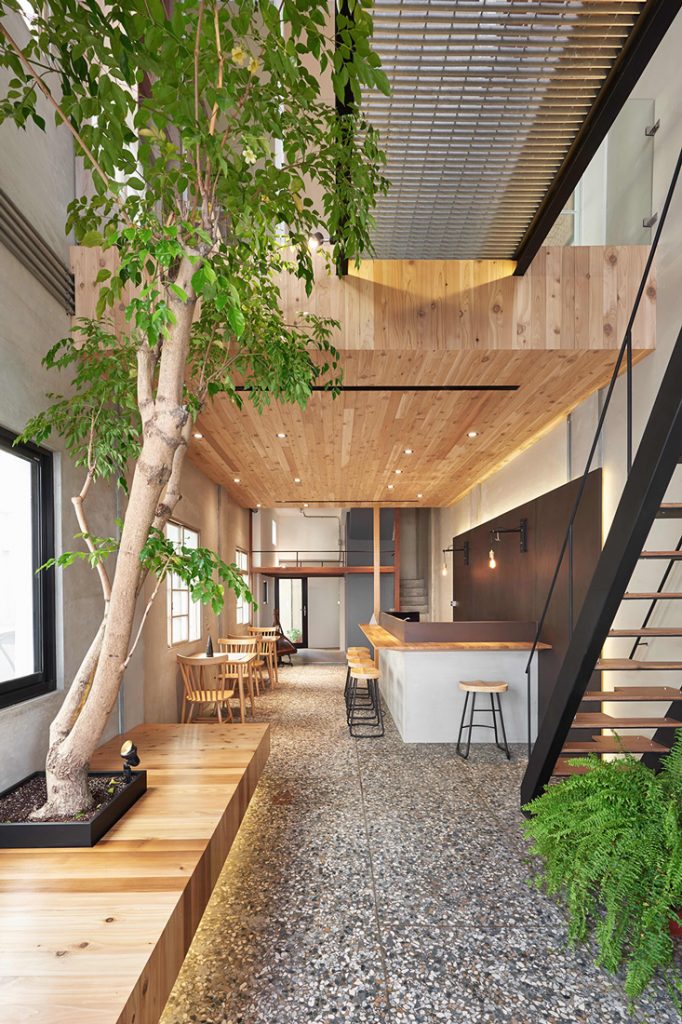
CORNER 60’s was designed to meet the needs of the homeowner who is a teacher. This family home can be transformed for various purposes. The design incorporates its original ceramic tiles, terrazzo floor, and window grills, preserving a local aesthetic that is gradually disappearing from Taiwan’s modern cities.
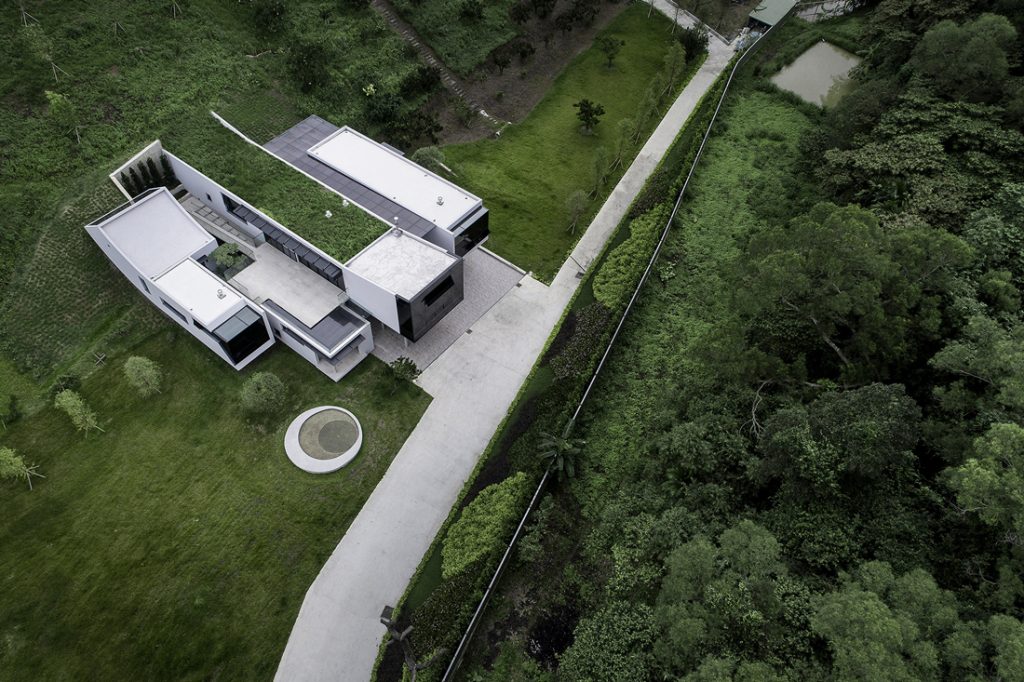
The principle that ‘a man of substance doesn’t need to show off’ was adopted in the design of this hillside house. The structure is divided into four sections to accommodate a diverse range of spaces that reflect the complexity of inhabitation. These divisions also separate the living areas in order to allow light, wind, rain, trees, and nature to fill in the transitional spaces.
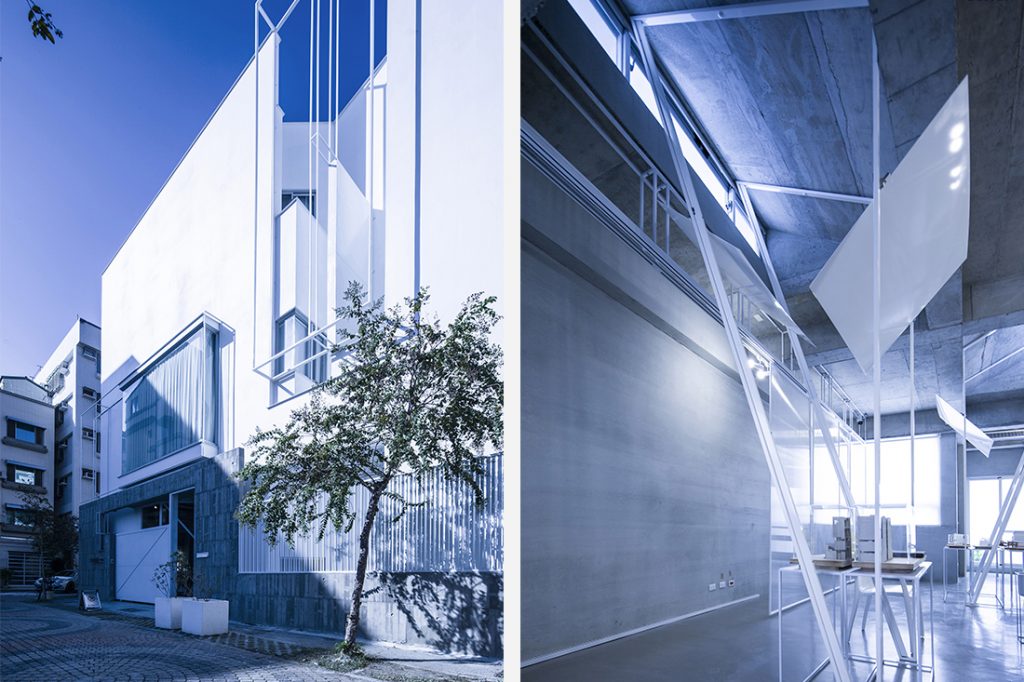
The corner space of Street Canvas II is divided into areas with different functions, including a shop, a dance studio, and an office area. A large opening is built into the east wing where it is quieter and the pace of life is slower. The features of the dance studio are integrated with the design to evoke the appearance of a floating stage when viewed from the opposite side of the road.
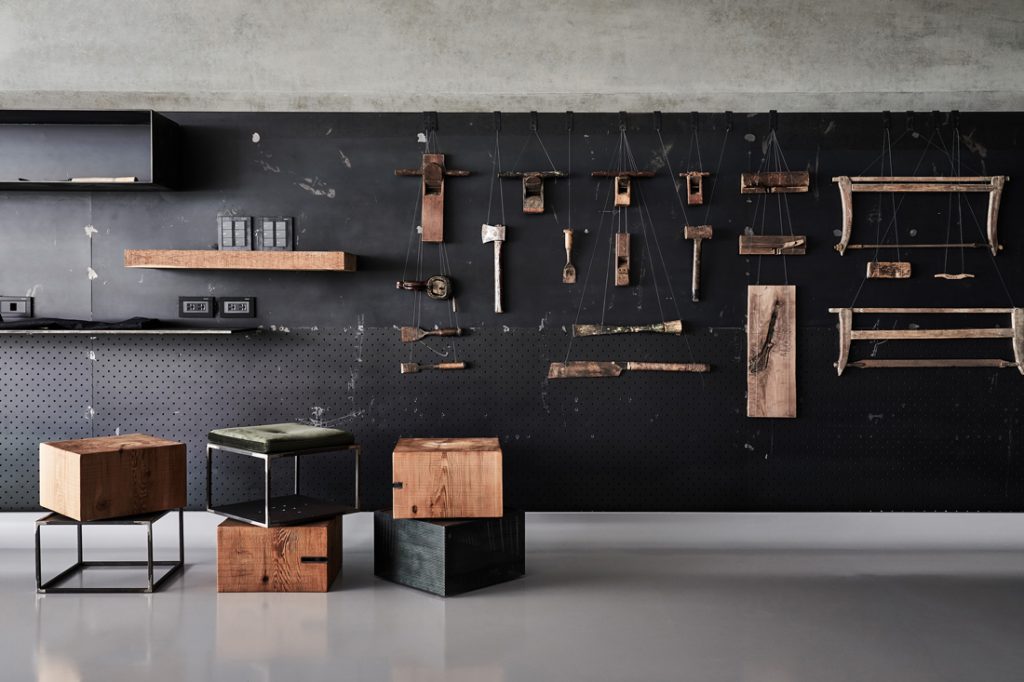
The Divinetree Creative Floor project boasts excellent natural lighting. For the proprietor, who often hosts meetings with clients, the design not only showcases the quality of the space, but it also projects a fun, playful atmosphere to increase interaction with clients in a way that makes transactions more than just business activities.
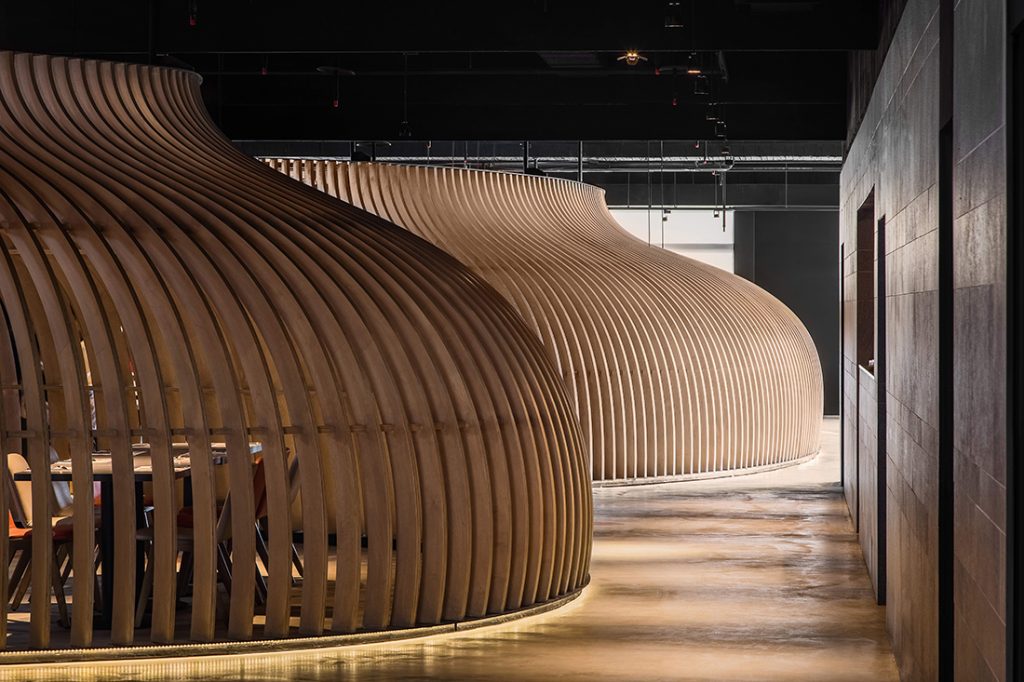
‘Bionic’ architecture design techniques were used to create wooden gazebos. The curved, wooden lattices divide public spaces from private spaces in the restaurant. Moving in from the public areas, guests can find a private space to enjoy their meals. The concept reflects the idea of finding food and returning to a secure nest – as per an ants’ nest.
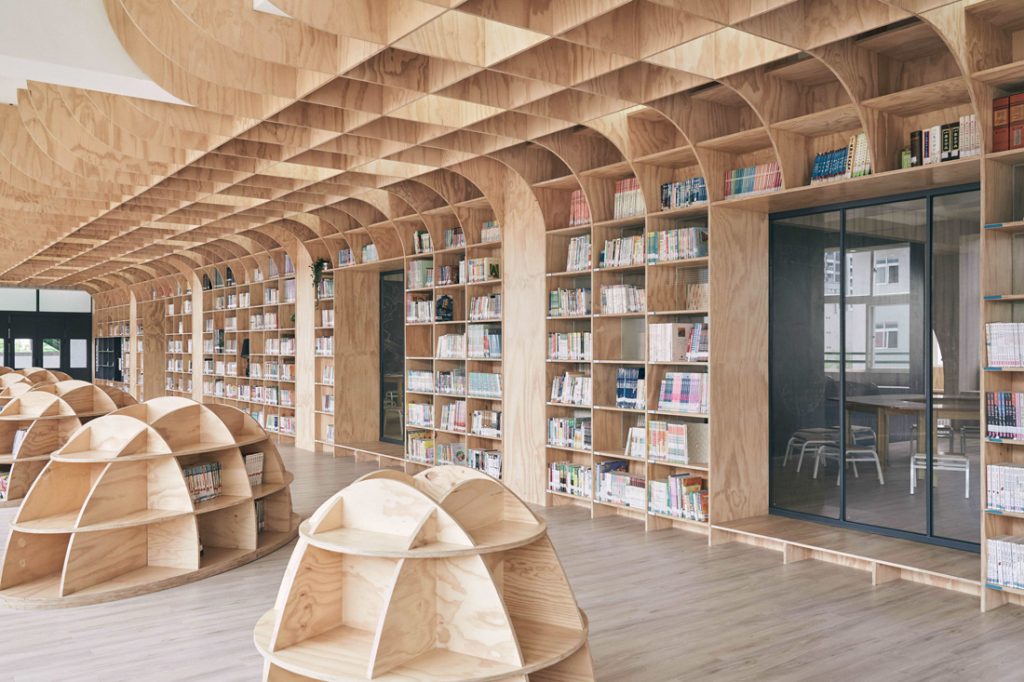
A wooden, latticed bookcase wall is the soul of the design. It offers plenty of space for the library’s extensive collection of books, while the extension of the bookcase all the way up to the ceiling creates a cozy reading environment. On the lower level, cobblestone-like bookcases create a natural-feeling space. Meanwhile, the audiovisual teaching area is a hexagonal space that echoes the concept of the reading rooms.
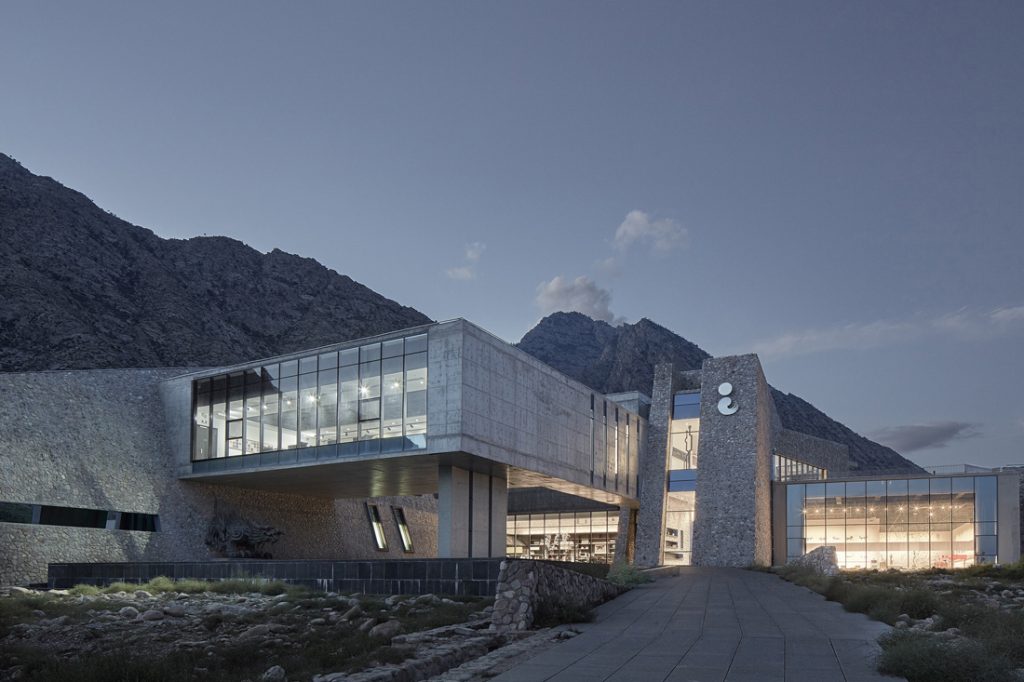
Helan Mountain forms a magnificent backdrop to this museum. The building is embedded into the mountain, taking advantage of the spectacle of light, which cascades across the mountains and plains. Its outer stone wall reflects an inheritance of local construction techniques, within which the building creates a dialogue between humanity and nature.
In the Concept Design Award category, one of the three winners was architectural in nature:
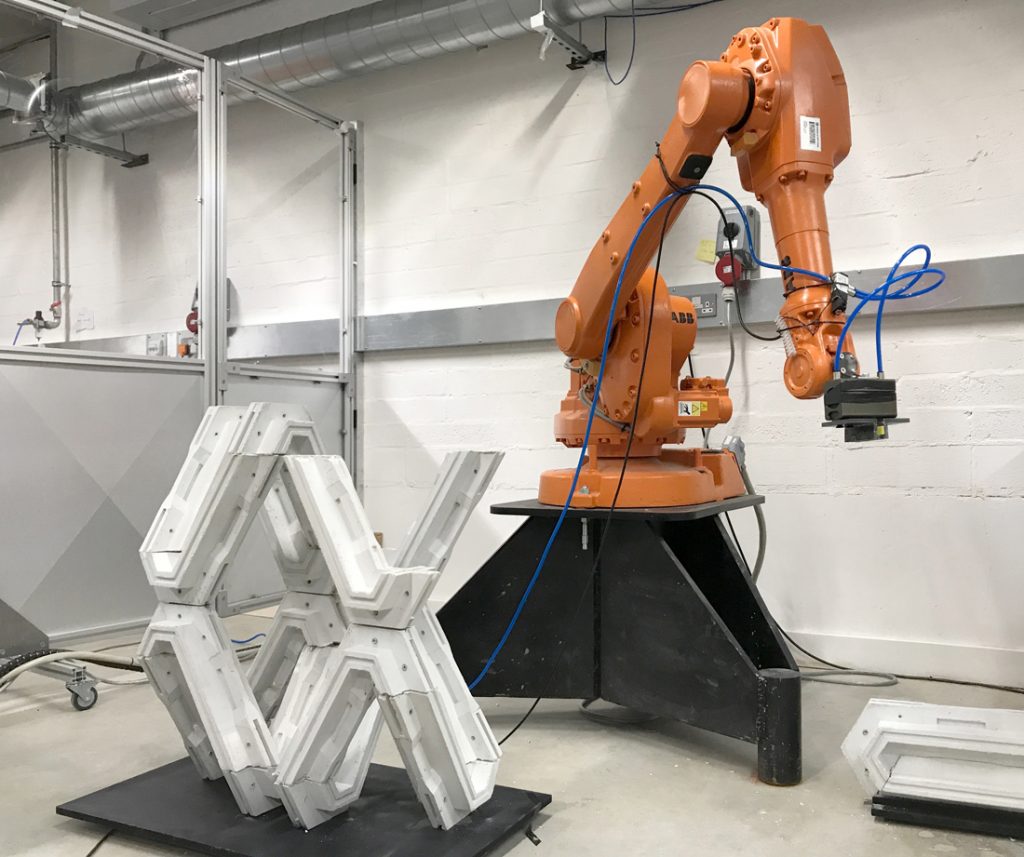
RobloX was created by Cheng-Han Yu, Hung-Da Chien, Yen-Fen Huang, and Anna Uborevich-Borovskaya when they studied together at Bartlett School of Architecture in London. Team Leader Cheng-Han Yu says the School’s Design Computation Lab deems that architecture has never truly been digitalised. While digital tools give us the ability to create a large number of complex building structures, modes of construction and production are still based on manual work.
The RobloX project explores the feasibility of construction through the method of discrete digital design. It investigates the potential of prefabricated concrete systems to enable flexibility in construction and form, utilising standardized UHPC (Ultra-High Performance Concrete) building elements. The introduction of robotic arms for automatic assembly becomes crucial in this project. It allows the highly standardised building blocks to be robotically assembled into different structures, from different hierarchical building elements up to large-scale buildings.
RobloX Project was inspired by the theory of ‘digital material’, which originated from MIT’s Center for Bits and Atoms in 2014, relating to the complete digitalisation of construction, including discrete design, and robotic assembly.
The award ceremony was held at Songshan Cultural and Creative Park’s Multi-Showcase Hall, Taipei:
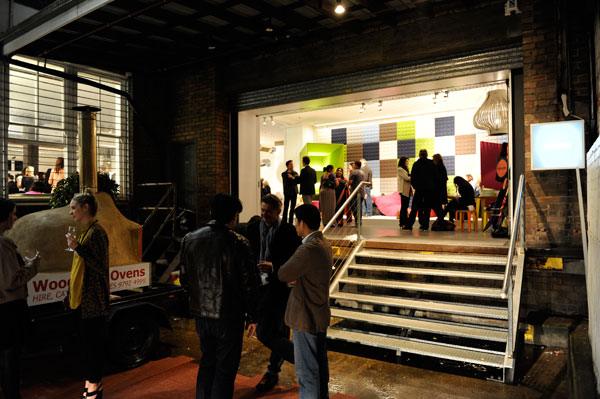

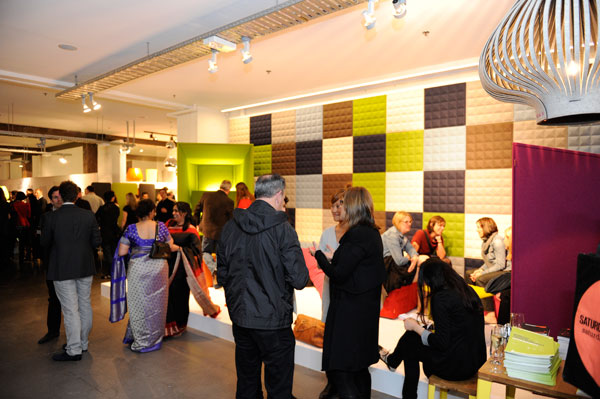
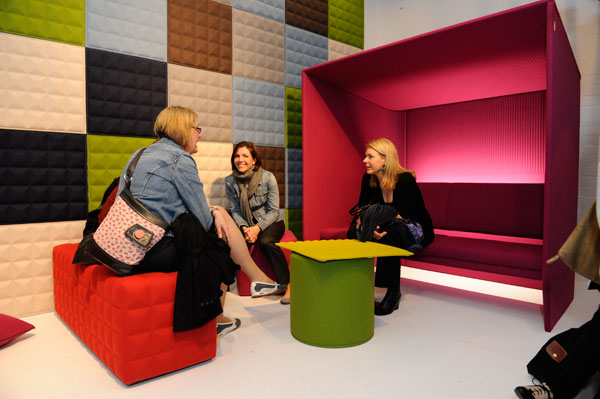

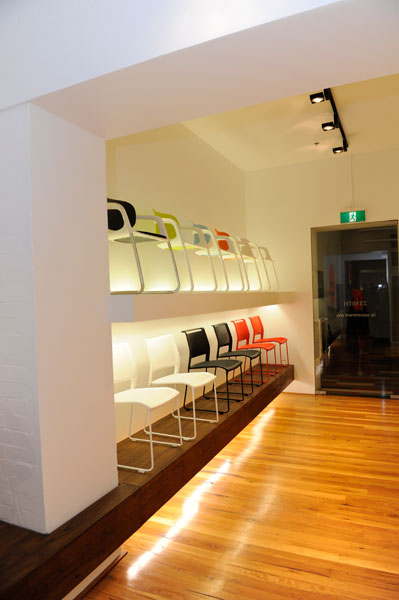
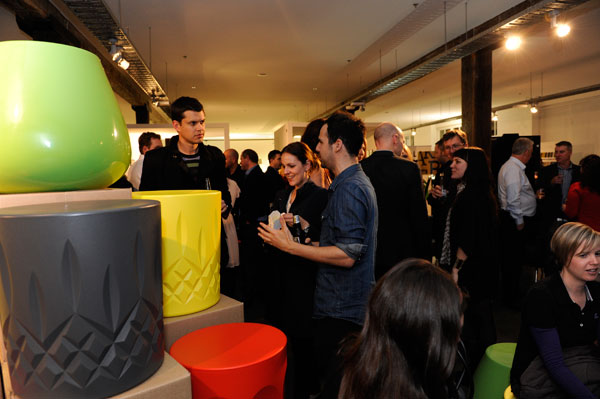
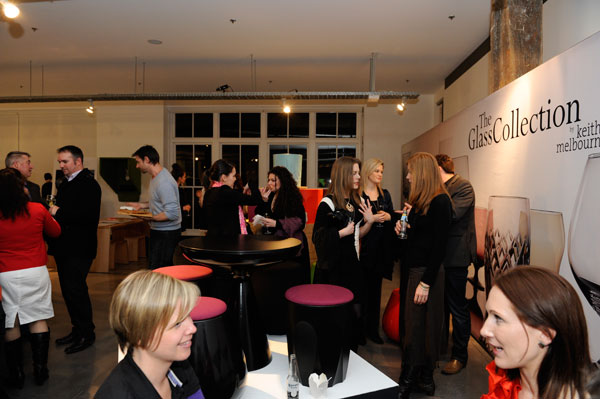
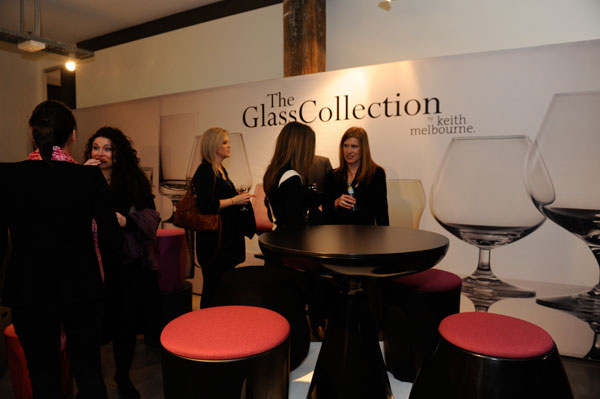
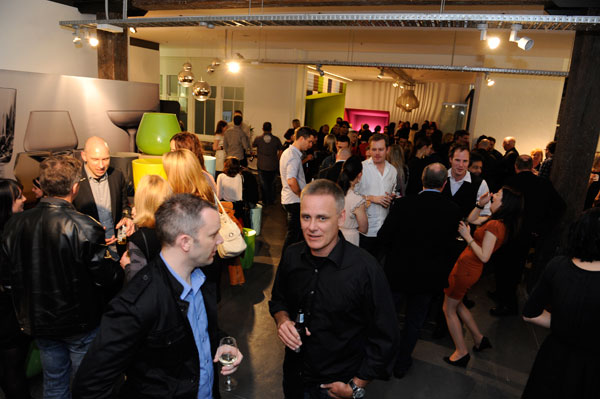



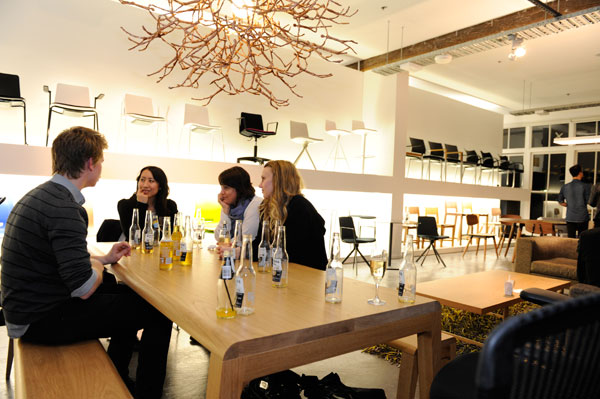

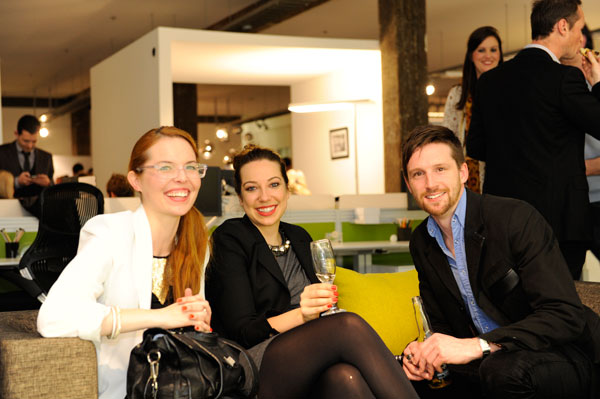

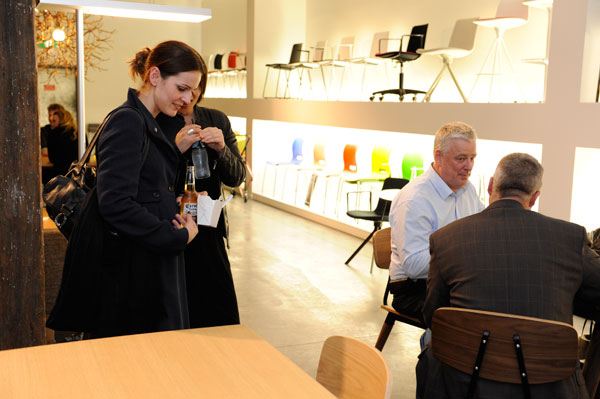
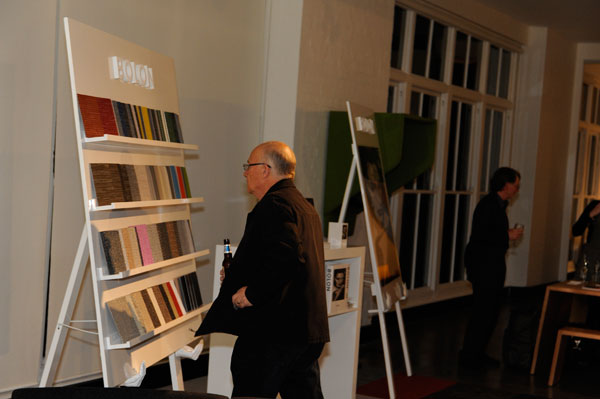
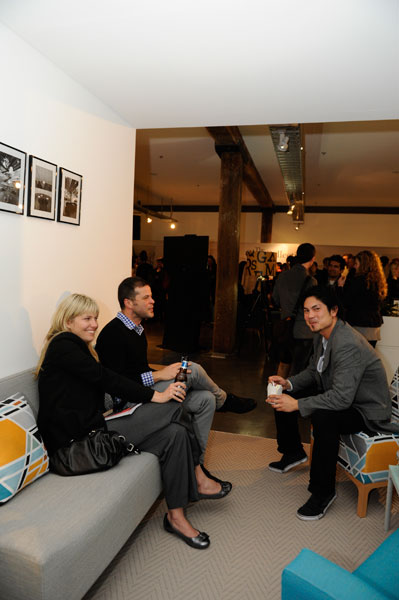
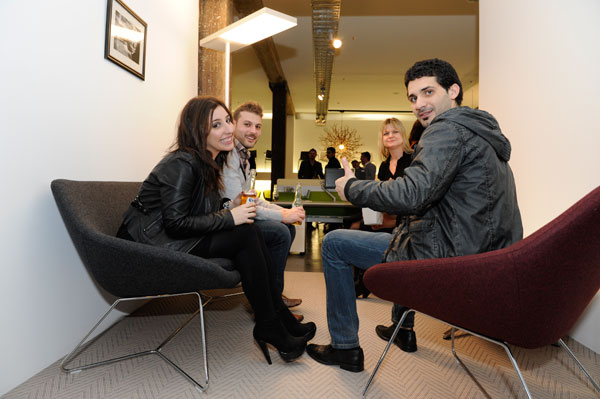
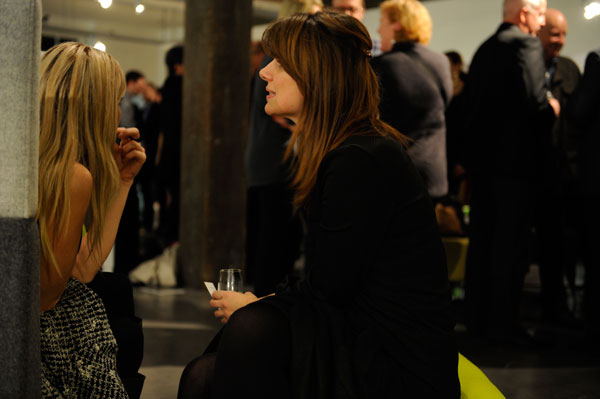
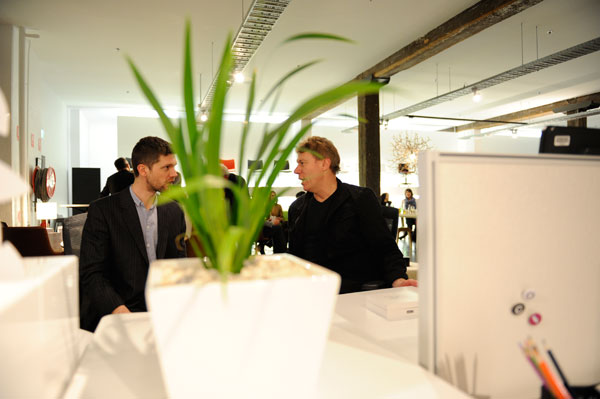

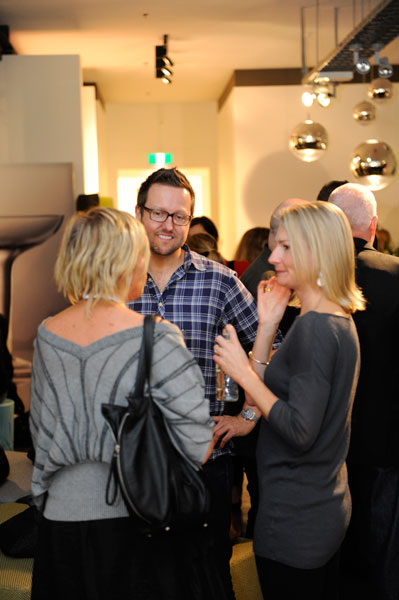
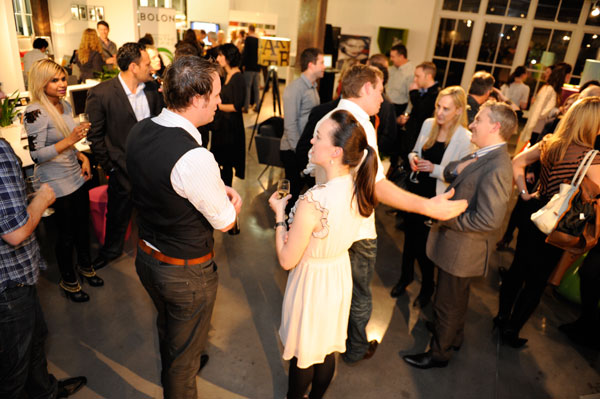
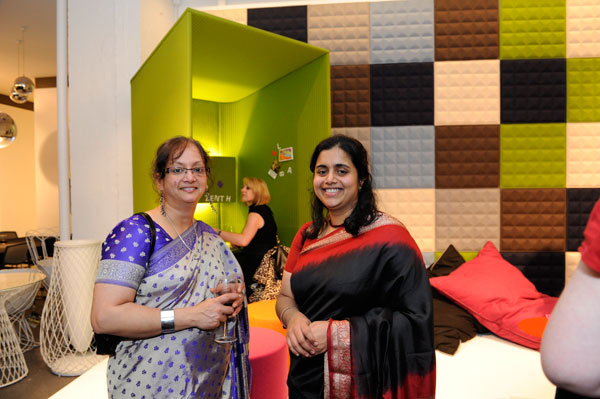
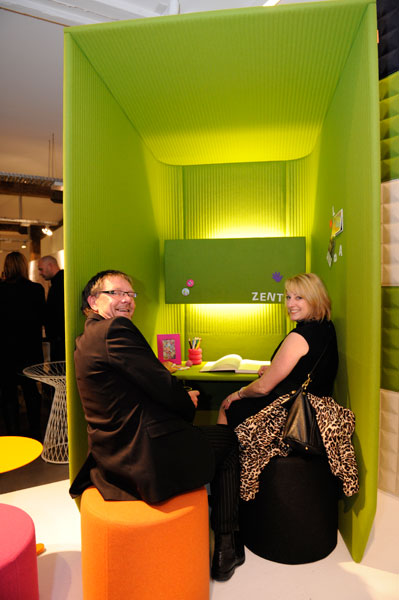
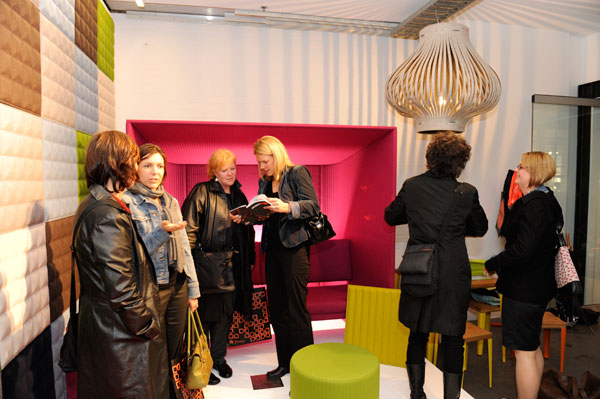
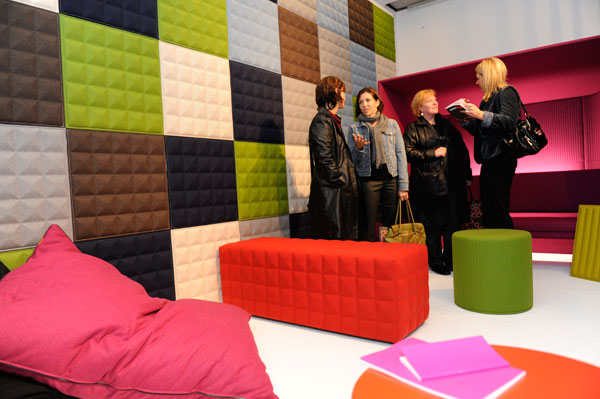
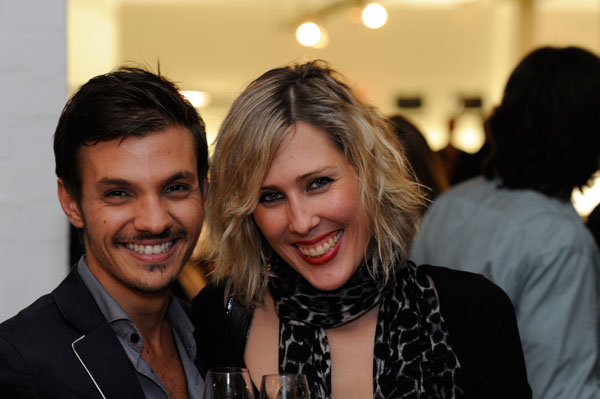
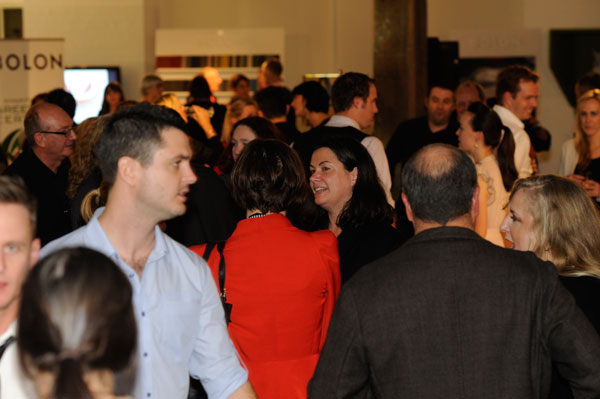

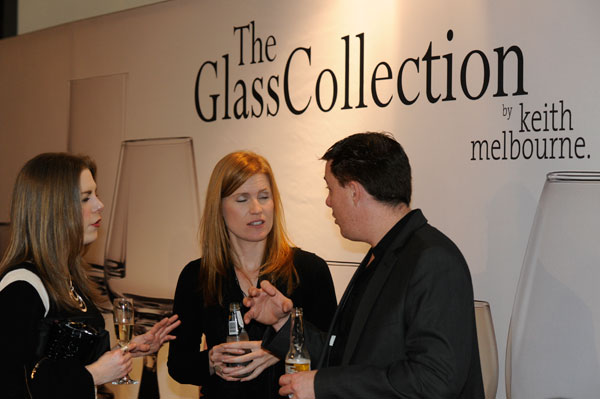


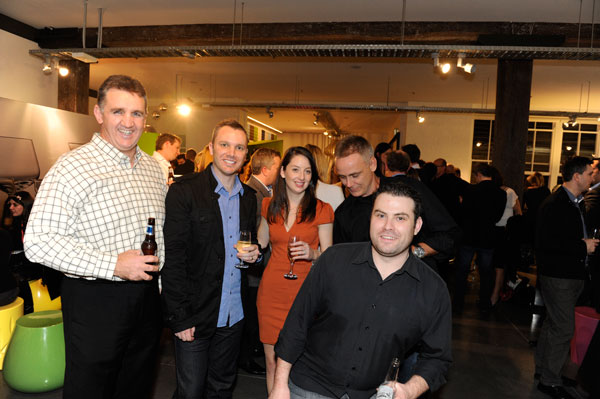
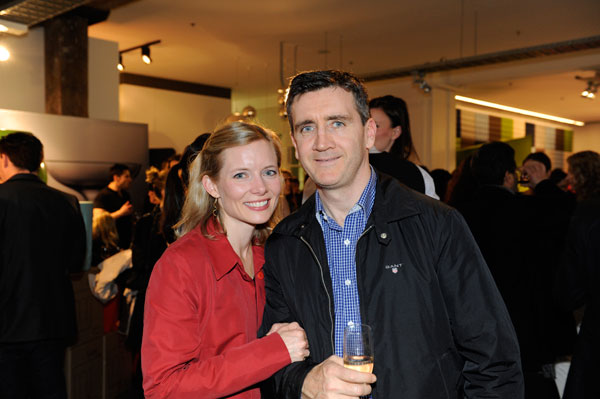
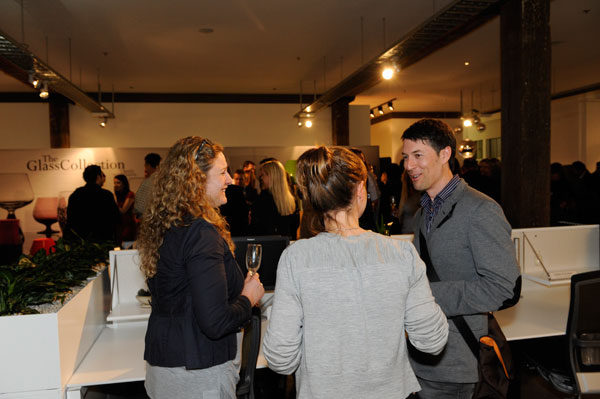
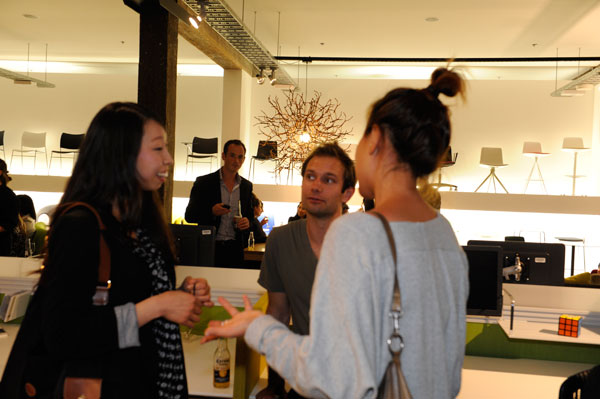
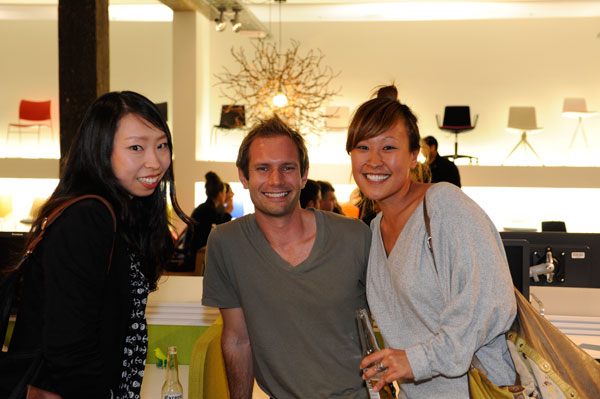
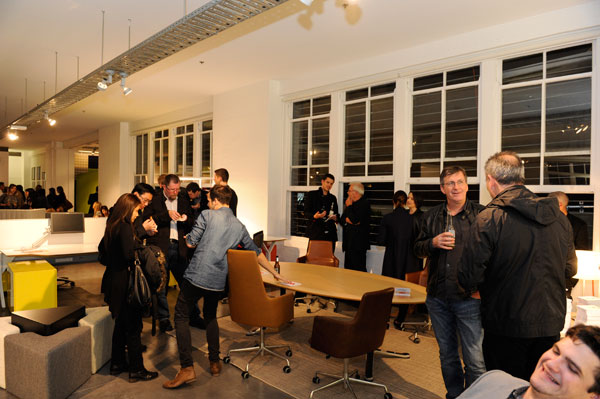
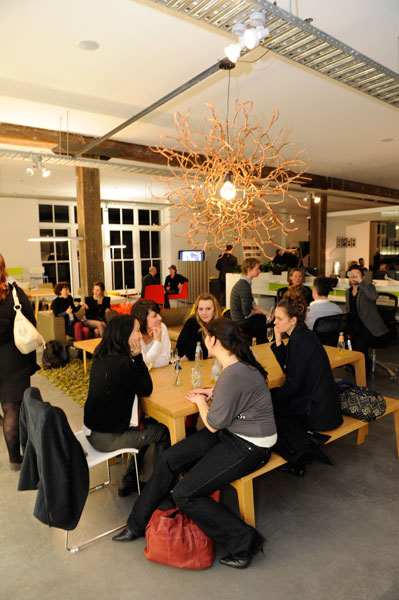
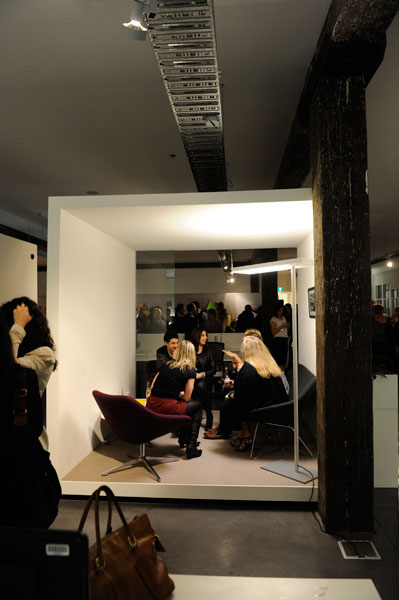
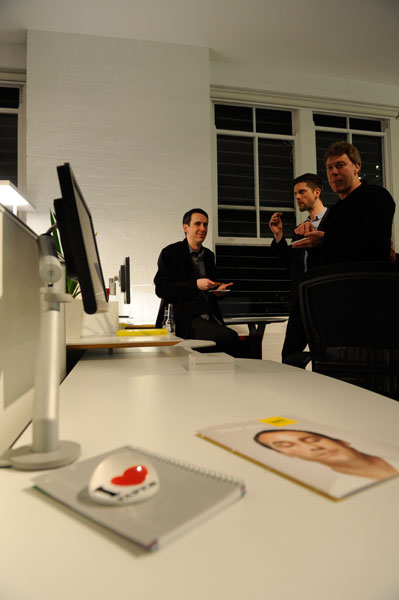
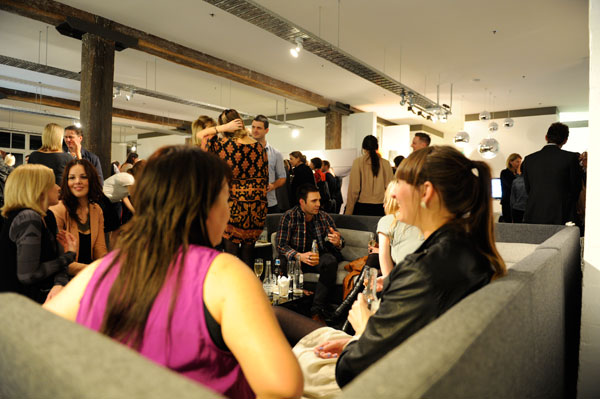
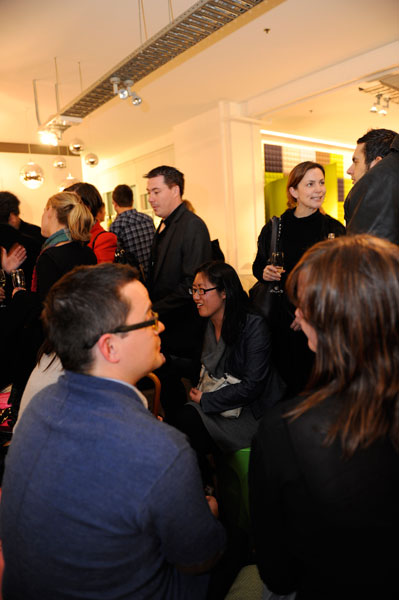
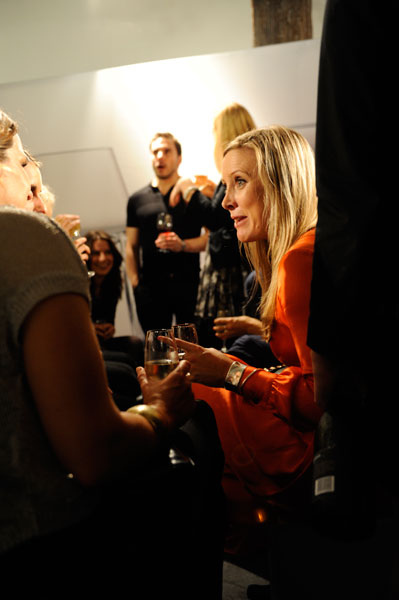
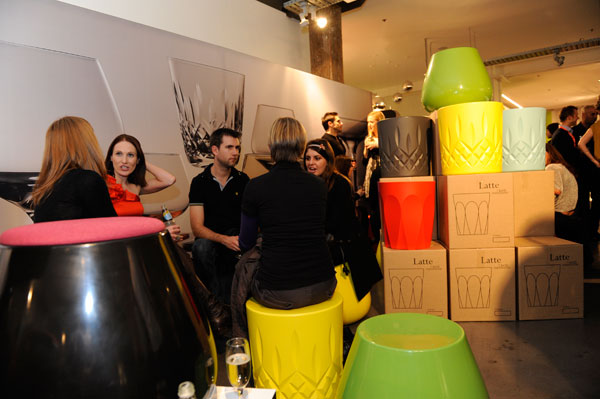

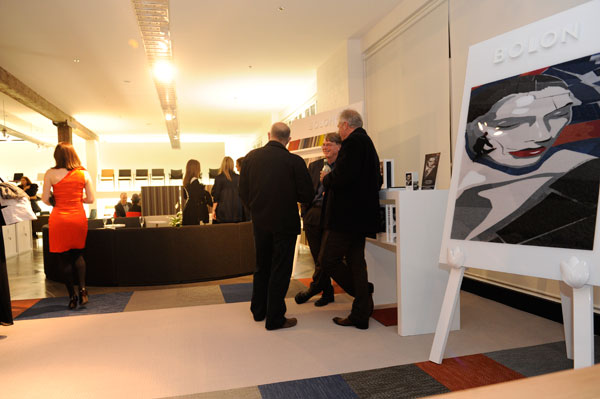


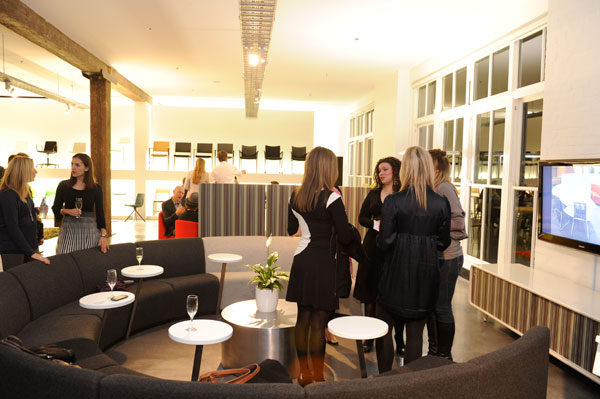
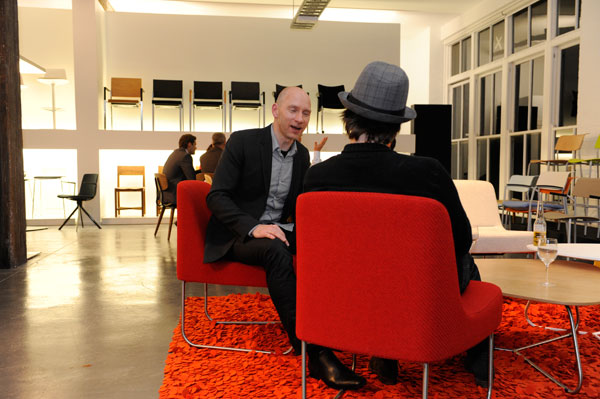
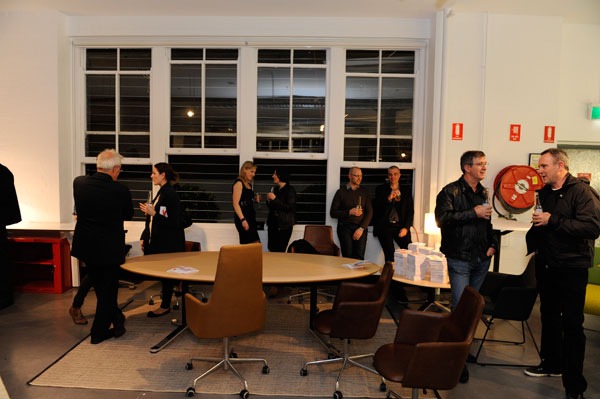
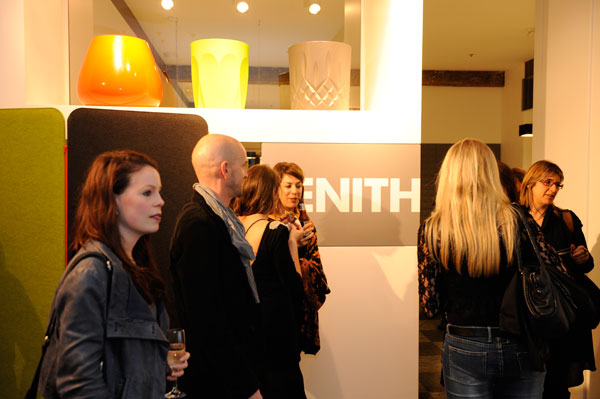

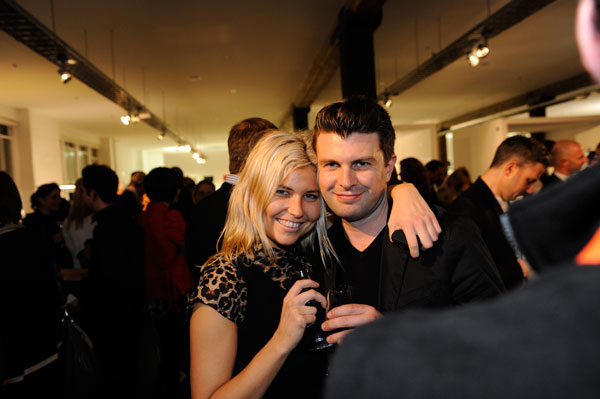
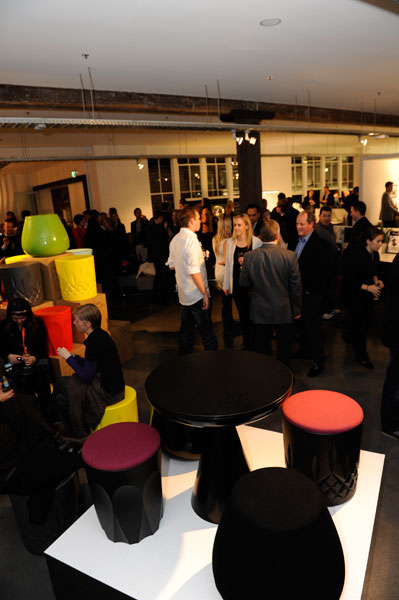
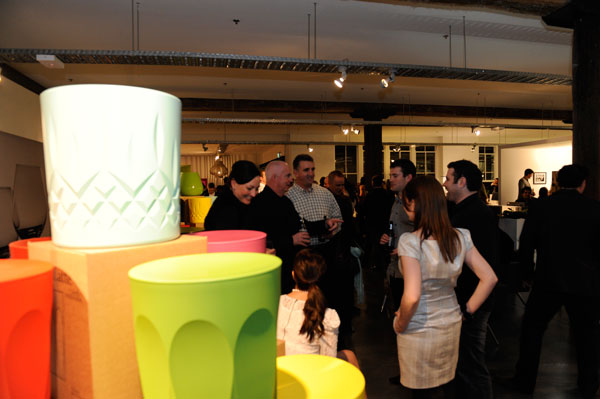


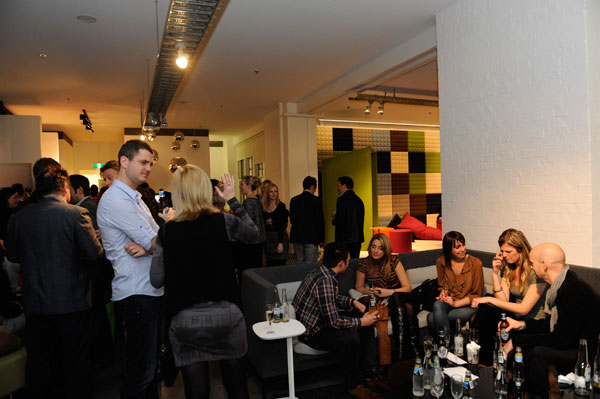
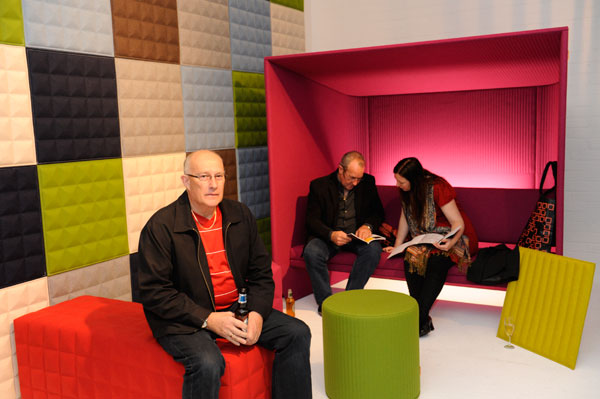
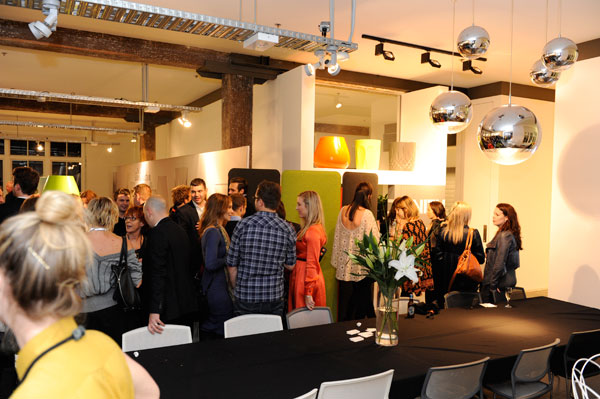

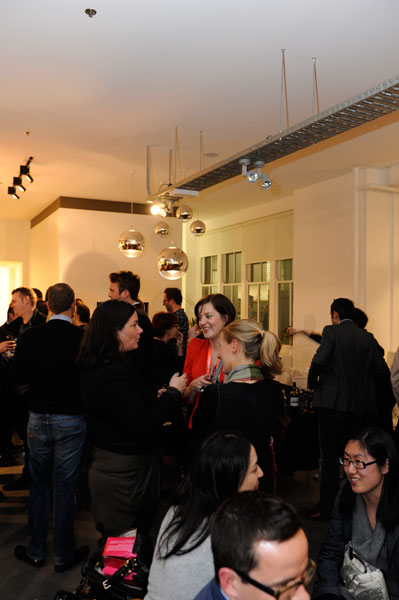
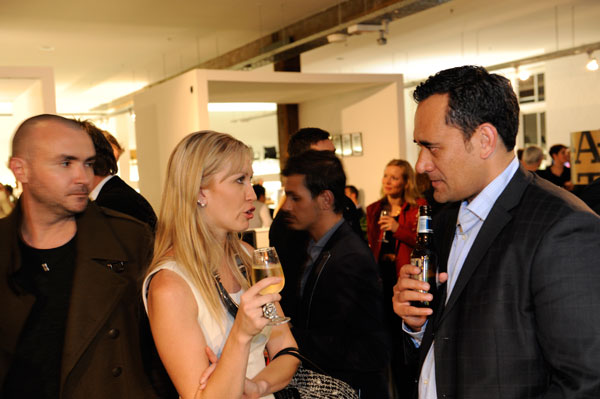
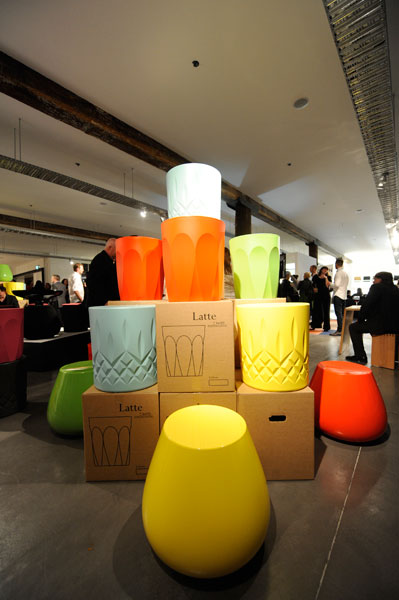
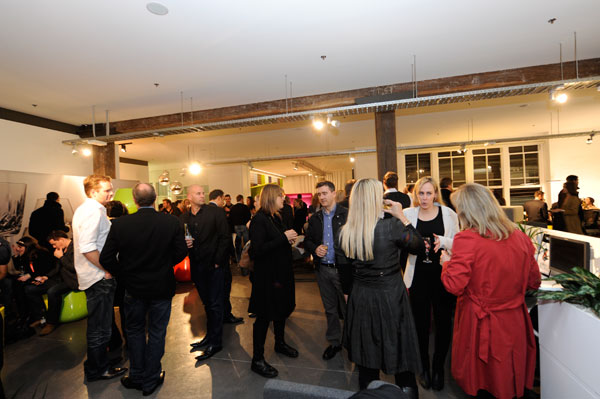
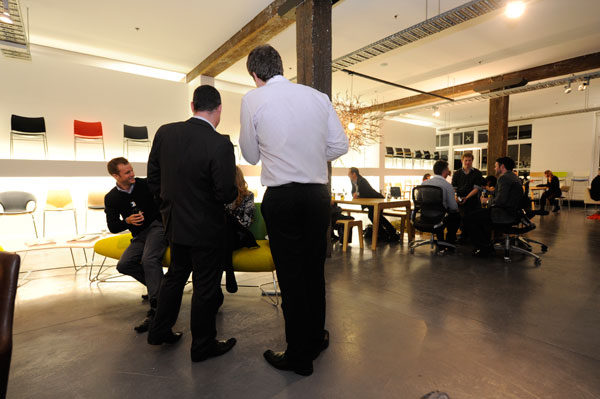
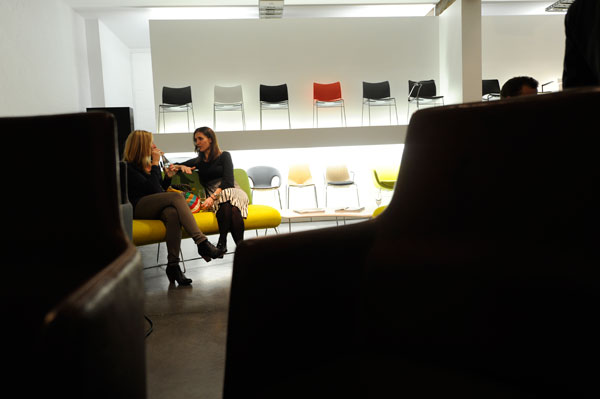

A searchable and comprehensive guide for specifying leading products and their suppliers
Keep up to date with the latest and greatest from our industry BFF's!

Savage Design’s approach to understanding the relationship between design concepts and user experience, particularly with metalwork, transcends traditional boundaries, blending timeless craftsmanship with digital innovation to create enduring elegance in objects, furnishings, and door furniture.

Sub-Zero and Wolf’s prestigious Kitchen Design Contest (KDC) has celebrated the very best in kitchen innovation and aesthetics for three decades now. Recognising premier kitchen design professionals from around the globe, the KDC facilitates innovation, style and functionality that pushes boundaries.

Create a configuration to suit your needs with this curved collection.

In the pursuit of an uplifting synergy between the inner world and the surrounding environment, internationally acclaimed Interior Architect and Designer Lorena Gaxiola transform the vibration of the auspicious number ‘8’ into mesmerising artistry alongside the Feltex design team, brought to you by GH Commercial.

The eponymous founder of Lindy Johnson Creative has been honoured with the 2024 President’s Prize by the Australian Institute of Architects (AIA), Queensland Chapter.

Five finalists will compete for the fifth iteration of the award, complete with $20,000 cash prize and presented by the NGV and Stylecraft.
The internet never sleeps! Here's the stuff you might have missed

Landing in the city’s financial district for the first time, The Sebel Sydney Martin Place has had its modern interiors completed by Stack Studio.

Paying homage to that wonderful tool of life, the book, SJK Architects’ design for the new headquarters of Penguin Random House is both a temple to the library and a captivating place to work.